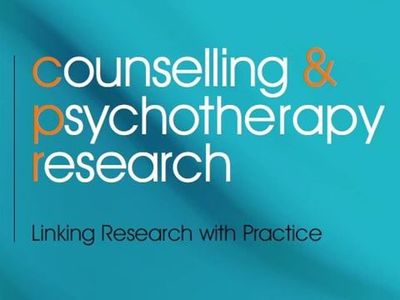Recent publication about client sources of meaning and hope
This study used questions from our clinic’s Relational Spirituality Assessment to explore the categories of sources of meaning and hope reported by clients. The qualitative data provides a very humanizing and prosocial portrait of persons in psychotherapy to counter certain stigmas that unfortunately still exist. Quantitative analyses pointed to some advantage for clients having multiple sources of meaning and hope in relation to well-being.

Captari, L.E., Guterres, K., Oleson, D., Devor, N., & Sandage, S.J. (2024). Sources of meaning and hope associated with well-being among psychotherapy clients: A practice-based mixed method study. Counselling and Psychotherapy Research. https//doi.org/ 10.1002/capr.12838
Abstract
Despite the recognition of meaning and hope as salient for many individuals in mental health treatment, little empirical attention has been given to patient perspectives. Research has primarily looked at the presence—or absence—of meaning and hope, and associations with symptom distress and suicidality. These constructs are multi-faceted and influenced by social, cultural and spiritual/religious contexts. Understanding where clients draw meaning and hope from can provide valuable information to inform case formulation, treatment planning and intervention. This mixed method practice-based study (N = 233) in an outpatient community clinic (a) elucidated key areas that fuel clients’ sense of meaning and hope and (b) explored associations with well-being. Qualitatively, we identified six domains through thematic analysis: interpersonal, action-based, transcendent, intrapersonal, environmental/contextual and lacking/searching. A sub-set of clients also emerged who were lacking in and/or searching for meaning or hope. Quantitatively, one-way ANOVA results indicated that source diversity was associated with greater well-being. Findings illustrate that patients draw from culturally and spiritually embedded sources to construct meaning and hope in their lives, with distinctions between areas most salient for meaning, hope and both. Furthermore, having fewer sources of meaning and/or hope may represent a well-being liability. Therapists should pro-actively explore and consider ways to bolster patients’ sources of meaning and hope, considering evidence of implications for well-being outcomes.
